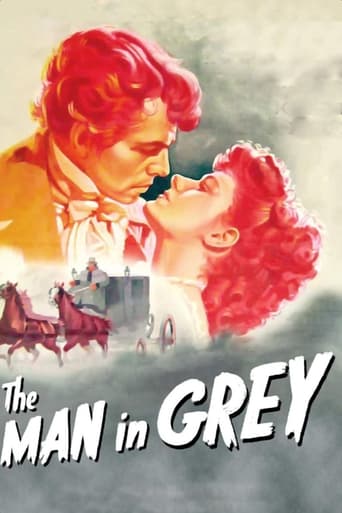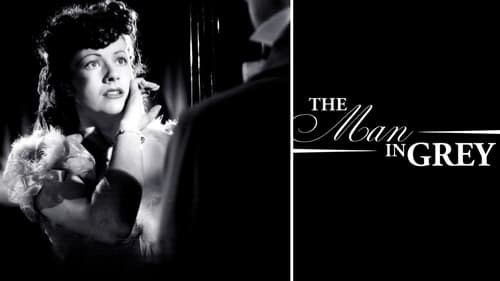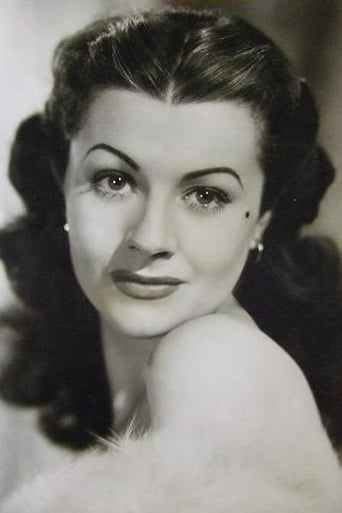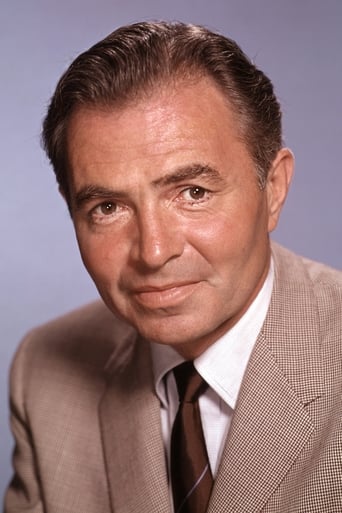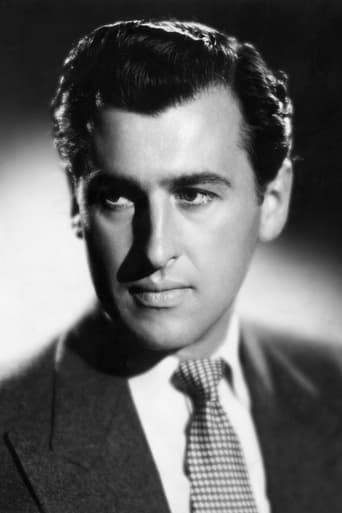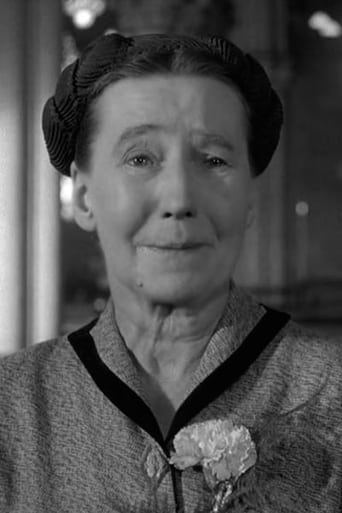Linbeymusol
Wonderful character development!
Beystiman
It's fun, it's light, [but] it has a hard time when its tries to get heavy.
CrawlerChunky
In truth, there is barely enough story here to make a film.
Erica Derrick
By the time the dramatic fireworks start popping off, each one feels earned.
JohnHowardReid
Producer: Edward Black. Executive producer: Maurice Ostrer. (The U.K. version is available on an otherwise excellent Network DVD. The full-length version seems to have vanished).A Gainsborough Picture, copyright 30 November 1945 by Universal Pictures Co., Inc. U.S. release through Universal. New York opening at the Winter Garden: 29 November 1945. U.K. release through General Film Distributors: 23 August 1943. Australian release through Gaumont British Dominions/2Oth Century-Fox: 12 October 1944. 10,812 feet. 120 minutes. (The full-length version was released only in Australia. In the U.K., the film was cut to 116 minutes, in the U.S.A., to 93 minutes).SYNOPSIS: When the home of the Rohans is being sold up, Lady Clarissa Rohan meets a young airman from Jamaica, Rokeby, who tells her that his mother's ancestor was in love with the nineteenth- century Clarissa Rohan; and in flashback we see . . .NOTES: Number seven at British ticket windows for 1943. The film did less well in Australia, but was still a big success, coming in at number thirty-one for 1944.It was inevitable that such a colossal box-office success be followed by some sort of "sequel". This followed in 1944 when Calvert, Mason and Granger were re-united for Fanny by Gaslight (pointedly re-titled Man of Evil in the U.S.A.). The Wicked Lady, which re-teamed Lockwood and Mason with writer/director Arliss, appeared in 1945.COMMENT: Superbly photographed and most expansively produced with dazzling sets and period costumes galore, "The Man in Grey" is directed with such style and occasional inventiveness (taking full advantage of its magnificent sets and liberal production values), that one's mind and certainly one's eye are distracted from the penny-dreadful plot. (One's ear, alas, is still assailed by some choice samples of cumbersome dialogue).More than competent acting by a sterling cast of players also helps immeasurably. Lockwood is perfectly cast as the wicked lady, Calvert is in her element as the hapless and hopeless heroine, while Mason snarls delightfully as the surly "grey", and Stewart Granger (not always photographed too flatteringly) wanders along in top tongue- in-cheek form as a winning librarian until smothered by the excessive demands of a ridiculous plot. A wonderful group of support artists lend their talents too, among which one must single out Martita Hunt as a fussy schoolmistress, Helen Haye as Mason's resigned if dutiful mother, Beatrice Varley as a slipsy Gypsy, Jane Gill-Davis as Calvert's genteel mother, Raymond Lovell as the somewhat dithery prince regent, and Ann Wilton as the put-upon teacher, Miss Edge.Despite the absurdities and excesses of its script (doubtless directly derived from the original novel), such lavish squandering of talent and money has produced a most enjoyably escapist slice of quasi- historical melodrama.
Jem Odewahn
The first official "Gainsborough Gothic" bodice-ripper was a smash hit for WW2 weary audiences in Britain, making instant stars out of James Mason, Stewart Granger, Phyllis Calvert and Margaret Lockwood. Audiences went back to the cinema time and time again to see the diabolical exploits of the nasty and sexy Mason, the cruel and calculating Lockwood and the doomed lovers Granger and Mason. The Regency-era setting is cleverly contained in a flashback from a WW2 black-out. Lovely, fair-headed and popular Clarissa Richmond (Calvert) befriends a poor pupil at her school, the raven-haired and almost humourless Hesther(Lockwood). Big mistake! In the years to come Clarissa has married the dastardly Lord Rohan (Mason), who only wants her as a broodmare. Things are looking up when she comes across Hesther again, and meets the dashing Rokeby (Granger). But then Hesther has her eye on Lord Rohan...So, how does this melodrama with a rather hokey plot (though it's very much "Vanity Fair" spun-off) hold up today? Not bad, not bad at all, if you can forgive the creakiness and chunks of awful dialogue. The four stars all create such believable persona's that they were all pretty much typecast forever. Interesting that Lockwood only really played three "wicked" women in her career, but she's forever immortalised by this and her subsequent "The Wicked Lady". While Mason, Granger and Lockwood stick out firm in the memory, Calvert is really the glue that holds it all together though. Her Clarissa is almost so sugary to induce diabetes, but Calvert makes her believable and sympathetic.
gsygsy
This is a tedious movie. The real villains are the clunky adaptation (it's embarrassingly easy to tell that the source material was a novel) and witless screenplay.On the credit side, considering the budget was tight due to wartime austerity, the look of the film isn't at all bad. And the performances are, by and large, OK, except for Phyllis Calvert, who is terrific - a miracle considering the potential for winsomeness, a pit into which she most definitely does not fall. Ms Calvert, with a lot less to go on, is as accomplished as Olivia de Havilland in Gone With The Wind.The one absolutely unbearable aspect of The Man in Grey is the dreadfully conceived depiction of a black serving boy. No matter that he's meant to be a sympathetic character. Played badly by a white boy in black-face make-up, it is impossible to by-pass this example of condescending racism.Grim.
gazaman
The Man in Grey was the first and probably the most successful of the Gainsborough melodramas. The lavish regency tale centres around the aristocratic Clarissa Richmond (Phyllis Calvert) who dutifully enters into an loveless arranged marriage with the cold hearted Lord Rohan (James Mason)- the Man in Grey of the title.Love and intrigue are to enter Clarissa's life when a chance meeting with an old school friend, the scheming Hester (Margaret Lockwood), leads her to the dashing Rokeby (Stewart Granger).The story reaches its dramatic conclusion through twists and turns of plot and excellent performances from who can be called the four cornerstones of the war time British cinema - Stewart Granger, James Mason, Phyllis Calvert and Margaret Lockwood.The Man in Grey is my personal favorite of all the Gainsborough films, it is high drama and escapism. The Man in Grey is definitely worth another look.
